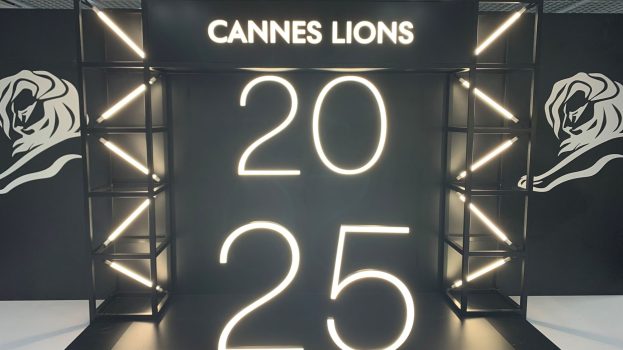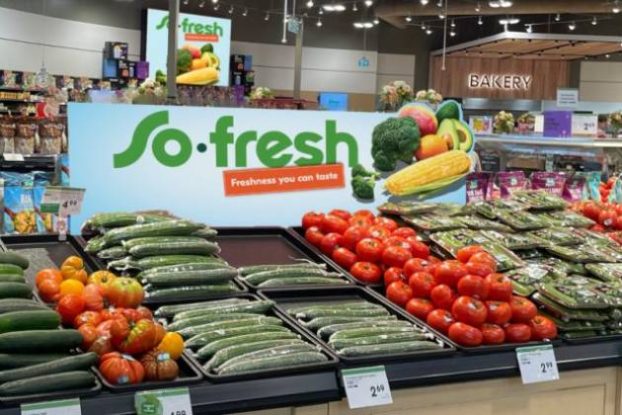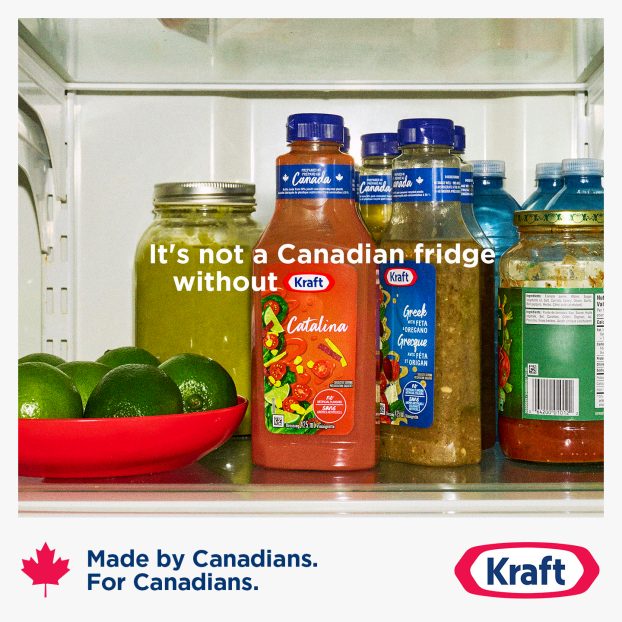When Doris Bradstreet and husband Ed Doughney bought Merit Kitchens four years ago, the then 17-year-old company, which makes, distributes and retails kitchen and bathroom cabinets, was renowned for quality.
But it was also losing its edge in design leadership and product awareness.
Turning the tide was a repositioning challenge that Bradstreet, with her substantial experience in Vancouver’s advertising and marketing industry, could not pass up.
By veering away from the stuffy interiors ads ubiquitous in lifestyle and shelter publications, Bradstreet, who is executive vice-president of Merit, began talking to her customers, reassuring them she knew what they wanted.
‘I looked at advertising in North America and Europe,’ she says.
‘Almost every advertiser showed a pretty kitchen, and put their name on it. Take the names off, and the kitchen looked like every other kitchen in the magazine.’
So redefining how Merit Kitchens would be portrayed in print advertising is where Bradstreet began.
‘We developed an attitude,’ she says. ‘We wanted to show customers that they would feel a certain way about Merit – that there would be hassle-free service, design leadership and quality.’
That would mean her ad designs would have to be copy-intensive, developing a relationship with customers, making it clear to them how Merit differs from its competition.
Kitchens, after all, are expensive purchases, and not impulse buys.
(Bradstreet says kitchens can sell in the range of $3,000 to $30,000, with the priciest contracts to date topping $90,000, and, consequently, Merit targets homeowners aged 35-65 with an annual household income of more than $50,000.)
‘We try a balanced right-brain, left-brain approach of function and aesthetics,’ Bradstreet says of her award-winning advertising.
In a current campaign of double half-page spreads, Merit impresses magazine readers with the notion that the company’s designers are listening to the market, thinking all the time about innovation.
In the ad copy, color scheme debates about muted natural tones or cheeky bold pigments stem from the experiences and inspirations of an unnamed female designer – actually, Bradstreet, herself.
The take is fresh and involving, and creates an image that contributes to the claim that Merit Kitchens ‘don’t just cook. They sizzle.’
About 5% of gross revenues – $20-million-plus yearly – is spent primarily on the print advertising that appears in lifestyle magazines and newspapers.
The marketing budget does not include the huge capital cost of setting up 10 showrooms across Western Canada (and Seattle) that demonstrate workable kitchens dressed realistically with props, appliances and drawers that open.
‘We try to follow the advertising into the showroom,’ Bradstreet says. ‘We want to make people understand that we know kitchens. By simulating normal kitchens, customers can visualize how they work.’
And that, presumably, translates into sales.
Bradstreet is also riding a crest of success bolstered by an improving economy and changing user trends.
Improved housing starts and increased rates of renovation help, as do the changing priorities of families that spend much of their time meeting in the kitchen.
The diminishing popularity of formal dining rooms and living rooms is giving away to the less-formal setting of the kitchen.
And as an international marketer, Merit is now finding ‘phenomenal’ sales growth in Japan, where the company has sold direct to Japanese homebuilders through a dealer in Tokyo and Japan-based trade shows over the past two years.
In response, the 120,000-square-foot manufacturing plant in Surrey, b.c. has signs in English and Japanese.
Bradstreet says the ‘buy-Canadian’ tag works well in Japan.
‘The Japanese like to do business with a Canadian company because we have a reputation for fairness and quality,’ she says.
According to Bradstreet, results from her campaigns are hard to measure.
But she says nearly half the products the company sells today were not even made two years ago, adding that shows Merit’s commitment to cutting-edge design.























